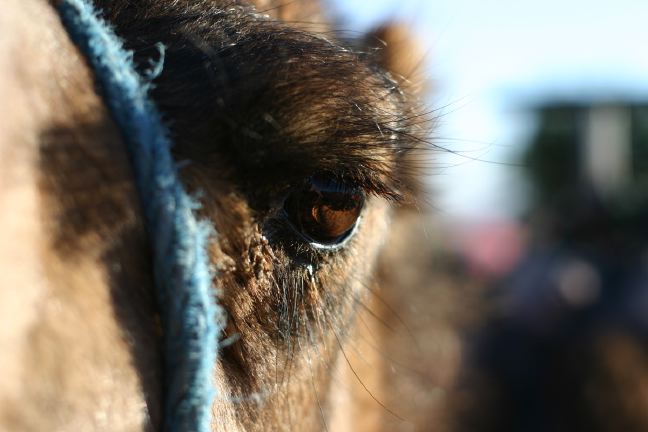I’ve been thinking about different adaptations that animals have and one common example of adapted feature can be seen in the eyes of different species.

Here is a picture of my snake fast asleep!! Yes she’s asleep even though her eyes are wide open. This is because snakes actually have no eyelids (as do fish). They have a layer of skin protecting their eyes. If you ever see the sloughed skin of a snake you will notice they shed every inch, including their eyes. In fact if you keep snakes it’s very important to check that they have shed their eyes properly as it can make sight difficult.

This is a picture of a vulture with it’s eye open, however you may notice it appears to have it’s eye half closed, vertically. This is called the nictitating membrane; many animals have it (including cats, frogs and sharks) but most commonly are birds of prey. The nictitating membrane is a semi-transparent (see through) second set of eyelids that cover the eyes while the bird is in fight. This prevents debris from getting in their eye but still allows they to see.

This is a picture of a camels eye. They don’t have unusual eyelids but have extra long eyelashes. This helps protect their eyes from sand being blown into it and causing them discomfort.

Now this is a picture of a gecko licking it’s own eyeball. And you thought it was impressive to be able to lick the end of your nose? Geckos, like snakes and fish, have no eyelids so they lick their eyes to keep them moist and clean.
I like eyes they're cool.
ReplyDeleteTish, your blog is great! Really enjoyed reading them, thank you for referencing me!!!
ReplyDeleteHelen x